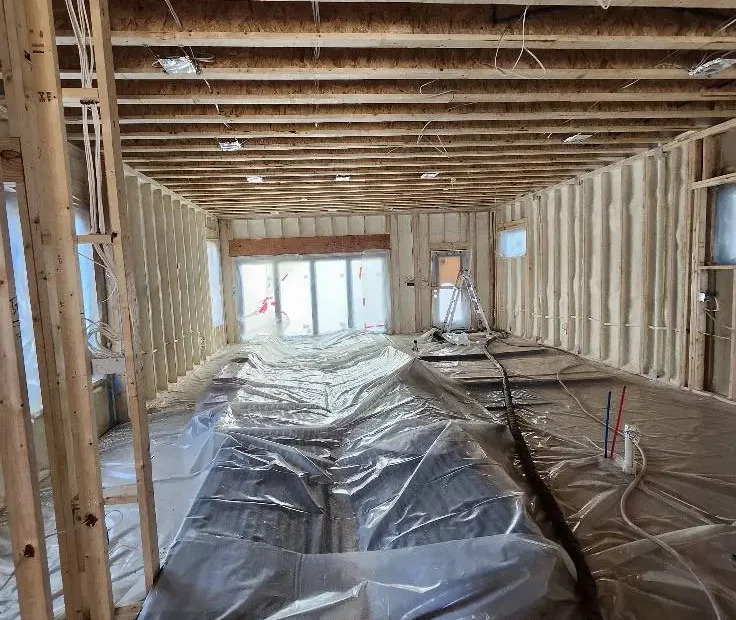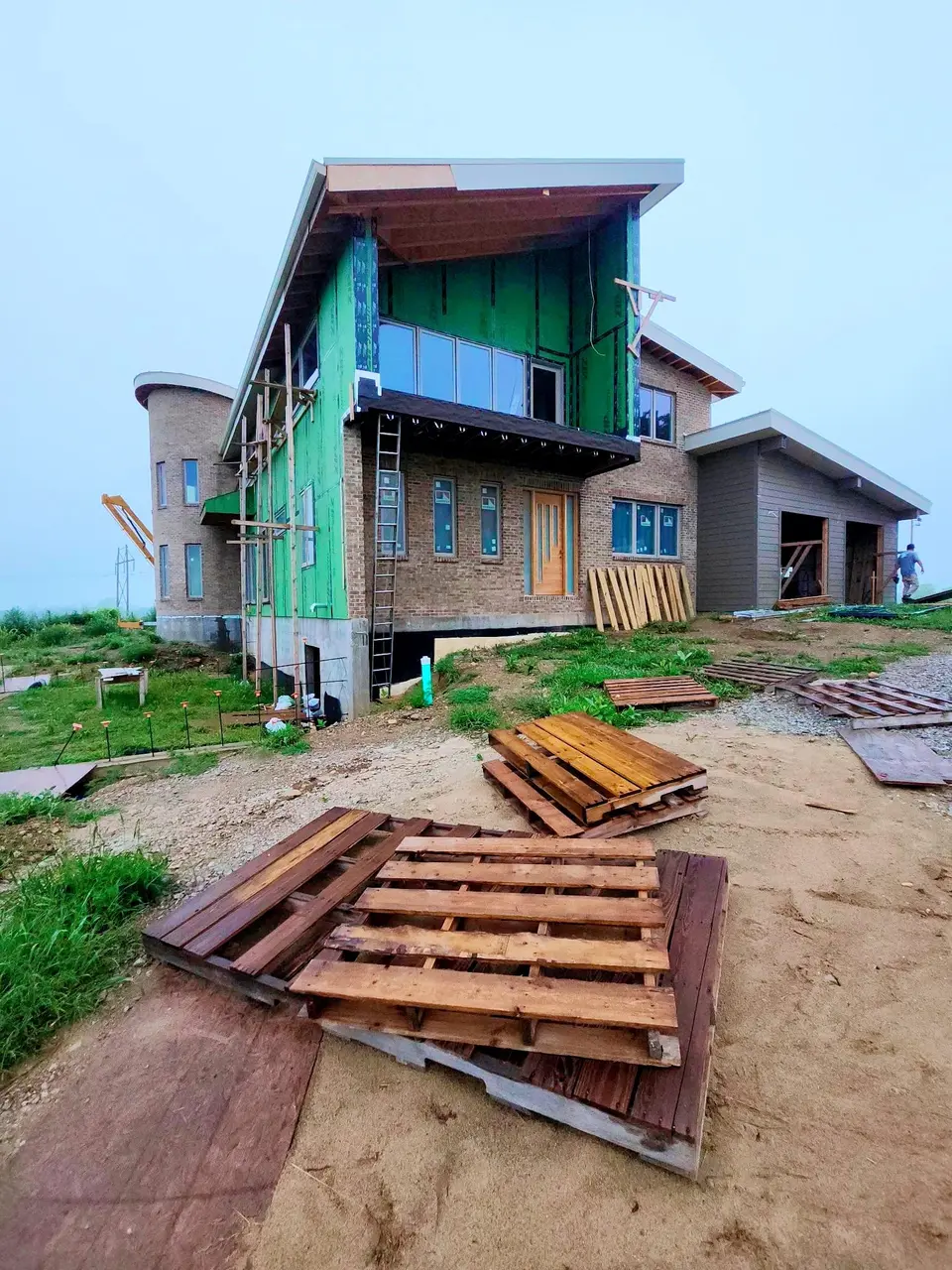When building a new home, one of the crucial decisions you’ll face is which insulation option to choose. This decision can affect your home’s energy efficiency, comfort, and overall value. We’ll explore the pros and cons of three popular insulation types—spray foam, fiberglass, and cellulose—to help you make an informed decision.
Understanding Spray Foam Insulation
Spray foam insulation expands on application, filling gaps and hard-to-reach areas. It’s excellent for air sealing and offers high R-values.
Not only does spray foam insulation provide exceptional thermal performance, but it also acts as a moisture barrier. This dual purpose is a significant advantage, especially in climates where humidity levels can fluctuate.
Another great feature of spray foam is its durability. Once it’s set, it stays in place, unlike some other insulation types that settle over time and lose effectiveness. So, if you’re looking for longevity, spray foam might be your go-to.
However, it’s important to note that spray foam tends to have a higher initial cost. While the investment can pay off in energy savings, it’s essential to evaluate whether it fits within your budget.
Overall, spray foam insulation is a solid option for many homeowners, especially if you’re focused on maximizing energy efficiency and performance in your new build.
Exploring Fiberglass Insulation
Fiberglass insulation is a widely used option due to its affordability. It’s available in batts or loose-fill forms and is resistant to moisture.
One of the standout features of fiberglass insulation is its versatility; it can be easily installed in various spaces, from attics to walls. This flexibility makes it a favorite among builders and homeowners alike.
Another benefit is its fire resistance, which provides peace of mind. Plus, fiberglass is non-combustible, meaning it won’t contribute to fire spread, making it a safe option for families.
However, rental costs can vary widely depending on your location and the specific type of fiberglass chosen. If you’re working within a tight budget, it’s worthwhile to get quotes from multiple contractors.
Additionally, while fiberglass insulation can be effective, it may not offer the same air sealing capabilities as spray foam. Thus, if air leaks are a concern in your area, it may require supplemental products.
Examining Cellulose Insulation
Made from recycled paper products, cellulose insulation is an environmentally friendly choice. It’s treated for fire resistance and provides effective thermal performance.
The sustainability aspect of cellulose is appealing for those who wish to minimize their carbon footprint. By choosing cellulose, you are supporting a product that helps reduce waste and promotes recycling.
Moreover, cellulose insulation offers impressive soundproofing properties, making it an excellent choice for shared walls or areas where noise reduction is a priority. This can enhance your living experience significantly.
Installation methods can vary; cellulose can be blown in or installed in batts. This means it can adapt to your home’s specific needs, providing a custom solution for insulation.
Nevertheless, it’s essential to ensure proper installation to avoid settling, which can lead to gaps over time. Professionals with experience in cellulose installation can help ensure optimum coverage.
Comparing the Three Insulation Options
Each insulation type has its own strengths and weaknesses. Compare factors like cost, installation, R-value, and environmental impact to determine the best choice for your home.
For instance, spray foam offers superior air sealing and energy efficiency but comes at a higher price. Fiberglass stands out for affordability and versatility, making it appealing for budget-conscious builds.
On the other hand, cellulose shines with its eco-friendly profile and soundproofing capabilities. Your choice should hinge on what aspects are most important for your new home—be it cost, performance, or environmental impact.
Consider also the climate in your area; certain insulation types perform better under specific conditions. Whatever your choice may be, it’s crucial to consult with professionals who can guide you based on your unique needs.
Ultimately, being informed about these insulation options for new homes is essential for making the right decision. Take your time to weigh the benefits and drawbacks before committing.
Final Thoughts on Insulation Selection
Choosing the right insulation for your new home can significantly impact your energy savings and comfort levels. Spray foam offers excellent sealing properties, fiberglass provides a cost-effective solution, and cellulose is an eco-friendly choice. Assess your priorities and budget to find the best fit for your needs.

